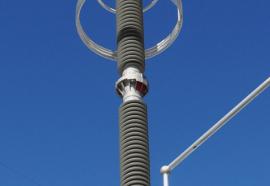Big Data
The buzzword of the day is ‘analytics.’ But what does it mean?
As utilities seek to extract value from their technology assets, smart grid and metering data is becoming a gold mine for insights about how to improve service and save money. Fortnightly’s Alyssa Danigelis speaks with experts in the growing field of data analytics, to learn how big data might reshape the utility landscape.










